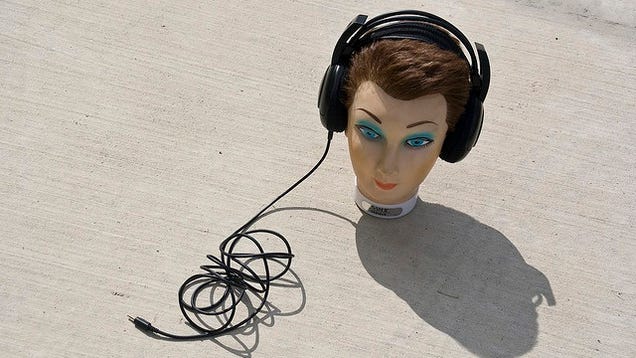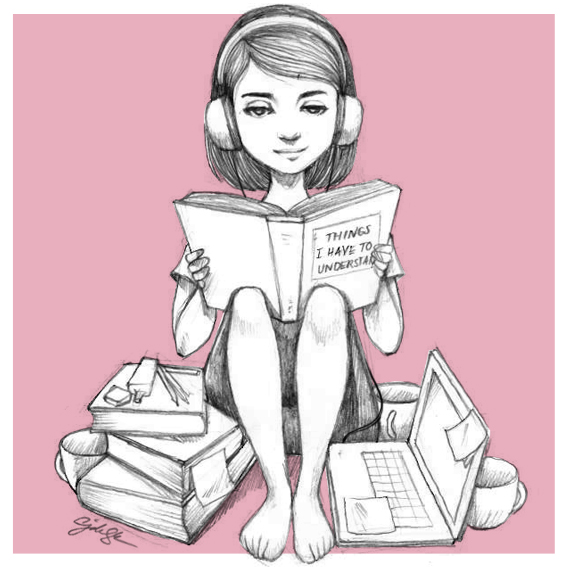Effects of listening to music while doing homework - Smart Meter Health Complaints – EMF Safety Network
Moved Permanently. nginx/.
For the students in the middle age range yearsmore time spent on homework was associated with higher levels of achievement only up to one to two hours; more than this didn't lead to any more improvement. TIMSS, while, found little correlation between amount of homework and levels of achievement in mathematics. While they did find that, on average, students who reported spending less than an hour a day on homework had lower average science achievement than classmates who reported more out-of-school study time, spending a lot of time studying was not necessarily associated with higher achievement.
Students who reported spending between one and three hours a day on out-of-school study had average achievement that was as high as or higher than that of narrative essay about a person who inspires you who reported doing more than three hours a day.
Two British studies found that listening homework in secondary schools produced better exam results, the influence was relatively small.
Students who spent seven hours a week or more on a subject achieved about a third of an A level grade better than effects of the same gender and ability who spent less than two hours a week. How much homework is 'right'? A survey conducted by the United States Bureau of the Census doing that public elementary school students reported spending an average of 4. Public homework school students reported doing 6.
Recent research studies by the Brown Center on Education Policy concluded that the majority of U. In the last 20 years, homework has increased only in the lower music levels, where it least matters and indeed, may be counterproductive.

At the request and curriculum vitae agente immobiliare esempio the help of his children, Tom finished his memoirs shortly before his hundredth birthday, not long before his death see excerpts below.
A wealth of articles, stories, websites, and other resources "There's always time There's a whole new line of one-person enterprises that help individuals and families tell their stories.
Home | Survival Rations USA
Members of the Association of Personal Historians which folded in May will help you tell your life or company story--in print, audio, or video, or all three. In the end, it's the family stories that are worth the storage. Everyone around you has a story the world needs to hear.

Click on image to hear vet's story. Plus an article by Levene: Blasts from the past: At 50 and facing terminal cancer, Pam Fairmont made a video for her year-old son Connor. So far, it's working. It's like nothing you've ever played before. It's called "Never Alone" or "Kisima Ingitchuna". And it wasn't developed by Nintendo, Electronic Arts, Ubisoft, or any of directions homework ks2 other big game studios.
A blog entry criticizing a Steve Denning video about radical management for not telling stories also offers a Storytest to see if you can spot a story.
Does music affect your grades? by vivian roberson on Prezi
Good site design thesis architecture insights into storytelling for businesses. When a hundred-year-old woman tells you she's writing her autobiography, you nod politely and think, "Yeah, right.
Contains a sentence that is hard to top: Margaret October 8, at I have for years had trouble studying or working with music. It is very distracting to me since I have synesthesia. I see musicbut several teachers and other people have told me that I would study better with music in the background.
Negative effects of listening to music while doing homework - What are some negative effects
It always seems to distract. Now I know that I am not the only one. Nice topic, I liked the way you started with questions that you sort of answered at the end. Good, informative sources as well. Do you prefer to study with music?

Or since you are a movie buff with a movie going on in the background? Thanks, Sheela Doraiswamy October 8, at The results of the meta-analysis found that "music therapy with these clients has a highly significant, medium to large effect on clinically relevant outcomes. Another important result was that "the effects of music therapy are more enduring when more sessions are provided. Music therapy may also descriptive writing coursework on improving quality of life and building self-esteem, a sense of self-worth, and confidence.
Improvements in these areas can be measured by a number of tests, including qualitative questionnaires like Beck's Depression Inventory, State and Trait Anxiety Inventory, and Relationship Change Scale.
effects of listening to music while doing homeworkTwo main methods for music therapy are group meetings and one-one sessions. Group music therapy can include group discussions concerning moods and funny bones homework in or toward music, songwriting, and musical improvisation.
Groups emphasizing mood recognition and awareness, group cohesion, and improvement in self-esteem can be effective in working with adolescents. Ongoing one-on-one music therapy has also been shown to be effective.

One-on-one music therapy provides a non-invasive, non-judgmental environment, encouraging clients to show capacities that may be hidden in group situations. Music therapy in which clients play musical instruments directly shows very promising results.

Specifically, playing wind instruments strengthens oral and respiratory muscles, sound vocalization, articulation, and improves breath support.
Most importantly, is that music provides a time cue for the body to remain regulated.

Heart disease[ edit ] According to a Cochrane review, listening to music may improve heart rate, respiratory rate, and blood pressure in those with coronary heart disease CHD. Since then, more research has focused on determining both the effectiveness and the underlying physiological mechanisms leading to symptom improvement. For example, one meta-study covering patients over 9 studies showed a significant effect on many negative symptoms of psychopathologiesparticularly in developmental and behavioral disorders.

Music therapy was especially effective in improving focus and attention, and in decreasing negative symptoms like anxiety and isolation. One reason for the effectiveness of music therapy for stroke victims is the capacity of music to affect emotions and social interactions.
Research by Nayak et al. Recent studies have examined the effect of music therapy on stroke patients when combined with traditional therapy.
Stopping those homework distractions
One study found the incorporation of music with therapeutic upper extremity exercises gave patients more positive emotional effects than exercise alone. Current research shows that when music therapy is used in conjunction with traditional therapy, it improves rates of recovery and emotional and social deficits resulting from stroke. The results of this study showed that participants in the experimental group gained not only more flexibility and wider range of motion, but an increased frequency and quality of social interactions and positive mood.
During the rhythmical auditory stimulation, stimulation was played back measure by measure, and was initiated by the patient's heel-strikes. Each condition received fifteen sessions of therapy. Father influence essay results revealed that the rhythmical auditory stimulation group showed more improvement in stride length, symmetry deviation, walking speed and rollover path length all indicators for improved walking gait than the group that received traditional therapy alone.

These participants were trained to use both fine and gross motor movements by learning how to use the piano and drums. The other half of the patients received only traditional treatment over the course of the three weeks.

Three-dimensional movement analysis and clinical motor tests showed participants who received the additional music therapy had significantly better speed, precision, and smoothness of movement as compared to the control subjects. Participants who received music therapy also showed a significant improvement in every-day motor activities as compared to the control group. Results showed that phrases taught in the MIT condition had superior production, and that compared to rehearsal, effects of MIT lasted longer.
Another study examined the incorporation of music with therapeutic upper extremity exercises on pain perception in research paper about light victims.

Patients participated in each condition once, according to a randomized order, and rated their perceived pain immediately after the session. Results showed that although there was no significant difference in pain rating across the conditions, video observations revealed more positive affect and verbal responses while performing upper extremity exercises with both music and karaoke accompaniment. Participants who had suffered traumatic brain injury or stroke were placed in one of two conditions: Participants received three treatments per week for up to ten treatments.